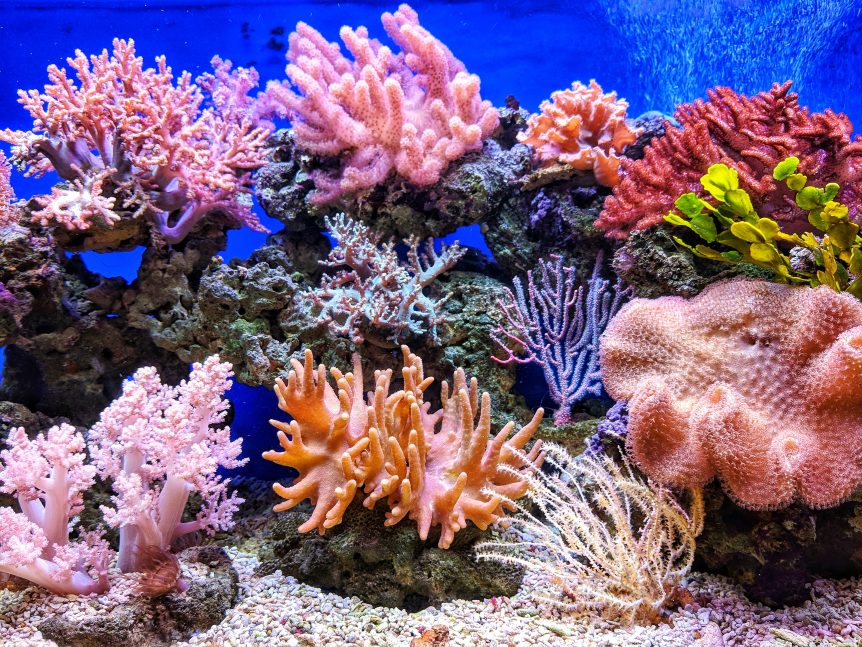Carbon dioxide concentrations on earth have been steadily rising for decades. How is it then, that a mostly non-toxic gas that is well mixed throughout the Earth’s atmosphere could harm marine organisms? The answer: fundamental chemistry.
Scientists and graduate students associated with CAICE made their third, monthly trip to Paul Ecke Elementary School in Encinitas, CA on Wednesday to work with some of the world’s next batch of scientists — fifth graders. This month’s lessons covered the differences between acids and bases and how some chemical reaction systems work to balance themselves (Le Chatelier’s Principle). These two fundamental topics help scientists understand how putting more carbon dioxide gas in the atmosphere will cause the pH of the ocean to drop. Relatively small changes in ocean acidity can spell big trouble for organisms like corals and forams that use calcium carbonate to build their skeletons. Ocean acidification, often called the “Second Carbon Dioxide Problem” will cause these calcifying marine organisms’ skeletons to begin to dissolve into the waters around them.
Students from Castle Park High School were a big hit at this past weekend’s San Diego Science Festival, as they went about explaining some of these same topics (and more) to festival-goers. Under the tutelage of CAICE Investigator Dr. Skip Pomeroy, these students used innovative ways to explain chemistry to the public. The Castle Park students used their own home-built electronic pH meters to convey ocean chemistry and the complex equilibrium that is the marine carbon cycle.

